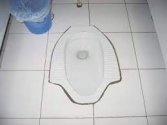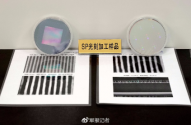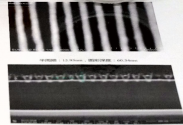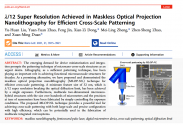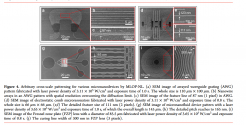Could someone translate this? The only thing I recognize here (22nm@365nm) doesn't make sense at all.it seems that 22nm process rumors 2 years ago have appeared.... and 10nm process rumors have appeared
View attachment 100297
Even if someone decided to create an immersion iLine scanner, the theoretical minimum half pitch would be ~68nm.
(assuming theoretical minimum k1 of 0.25, NA of 1.35, and wavelength 365nm).
I call B.S. if this piece is really claiming 365nm iLine system could generate 22nm feature size.
Last edited:

